What Is Alsike Clover: Learn How To Grow Alsike Clover Plants
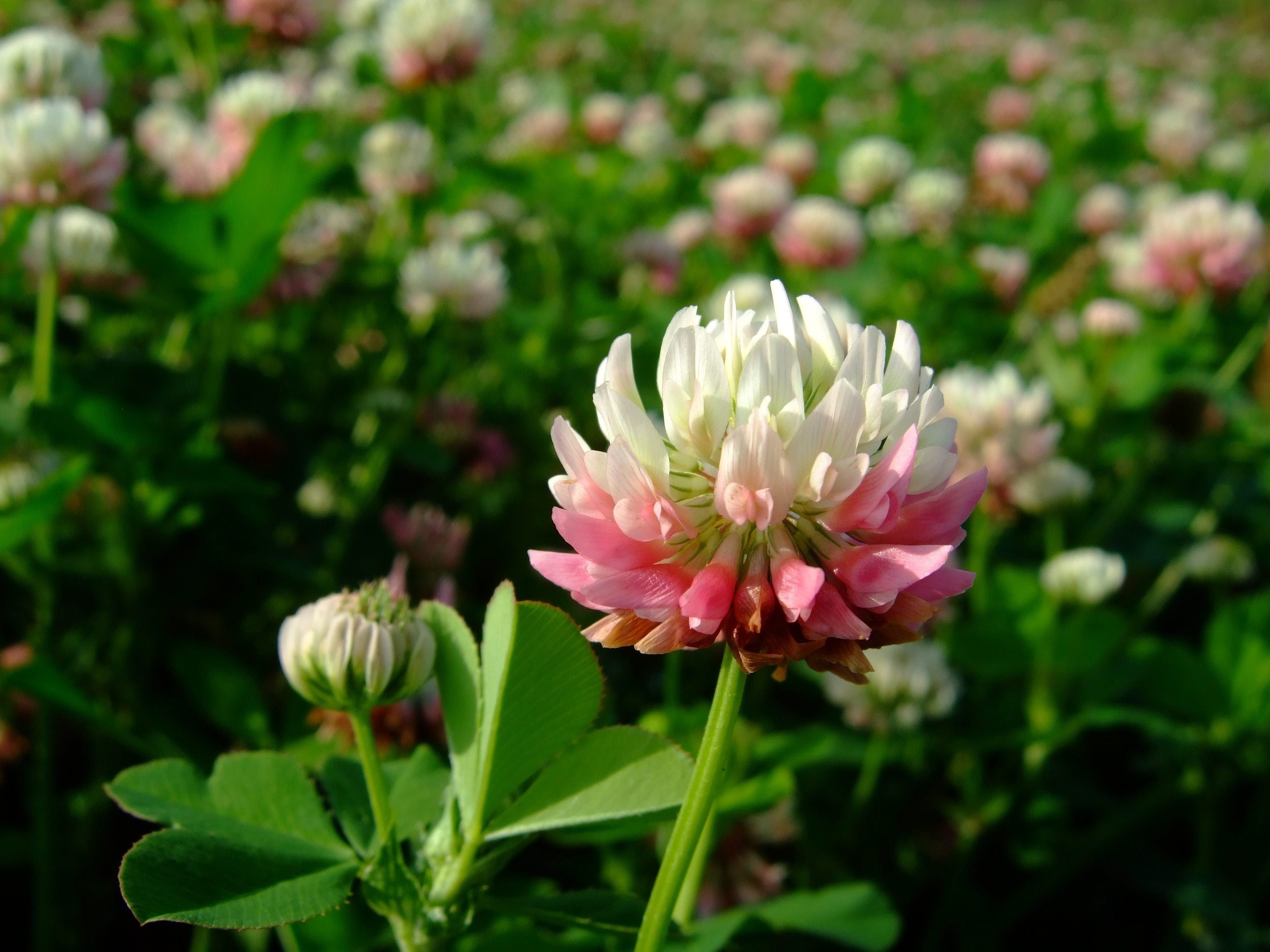

Alsike clover (Trifolium hybridum) is an extremely adaptable plant that grows along roadsides and in moist pastures and fields. Although it isn’t native to North America, it is found in cool, damp areas across the northern two-thirds of the United States. Plants have three smooth leaves with serrated edges. Small, whitish-pink or bicolor flowers appear along the length of the stems in late spring and early summer. If you’ve never considered growing hybridum alsike clover, perhaps you should. Read on to learn more.
Alsike Information
What is alsike clover used for? Alsike clover isn’t planted on its own. Rather, it is seeded along with grass or other plants, such as red clover, to improve soil, or as hay or pasture. It is rich in nutrition, providing food and protective cover for livestock and wildlife. It can be difficult to tell alsike clover from red clover, but it can be an important distinction. Unlike alsike clover, the leaves of red clover are not serrated, and they display a white ‘V’ while alsike clover leaves have no markings. Also, alsike clover, which reaches mature heights of 2 to 4 feet (61 cm. to 1 m.) is taller than red clover, which maxes out at 12 to 15 inches (30.5-38 cm.). Avoid planting alsike clover in horse pastures, however. The plants may harbor a fungal disease that causes horses to become photosensitive, in which areas of the skin turn white before becoming red and painful. In severe cases, fungus in alsike clover may cause liver disease, evidenced by symptoms such as weight loss, jaundice, colic, diarrhea, neurological disturbances, and death. The fungus is most prevalent in rainy climates or irrigated pastures. Other livestock should be introduced gradually to a pasture containing alsike because the clover may increase the risk of bloat.
How to Grow Alsike Clover
Growing alsike clover is possible in USDA plant hardiness zones 3 through 8. Alsike clover performs best in full sun and moist soil. Alsike prefers moist soil but tolerates acidic, alkaline, infertile, or poorly drained soil. However, it doesn’t tolerate drought. You can plant alsike clover seeds with grass, or overseed the seed into grass in spring. Plant alsike clover at a rate of 2 to 4 pounds (1-2 kg.) per acre. Avoid nitrogen fertilizer, which may damage alsike clover.
Gardening tips, videos, info and more delivered right to your inbox!
Sign up for the Gardening Know How newsletter today and receive a free copy of our e-book "How to Grow Delicious Tomatoes".

A Credentialed Garden Writer, Mary H. Dyer was with Gardening Know How in the very beginning, publishing articles as early as 2007.
-
 Looking For Plants To Give You The Soft And Fuzzies? Try These 5 Fuzzy Leaf Plant Options
Looking For Plants To Give You The Soft And Fuzzies? Try These 5 Fuzzy Leaf Plant OptionsLovers of texture, drama, silver foliage and tactile plants will adore these special sensory garden additions. These fuzzy leaf plant options will leave you all aglow
By Susan Albert
-
 Get Ready For A Summer Of Hummers! Grow These Full Sun Hummingbird Plants and Flowers
Get Ready For A Summer Of Hummers! Grow These Full Sun Hummingbird Plants and FlowersIf you’re lucky enough to enjoy a sunny backyard, make sure you are maxing out on your pollinator opportunities and grow these full sun hummingbird plants and flowers
By Tonya Barnett
-
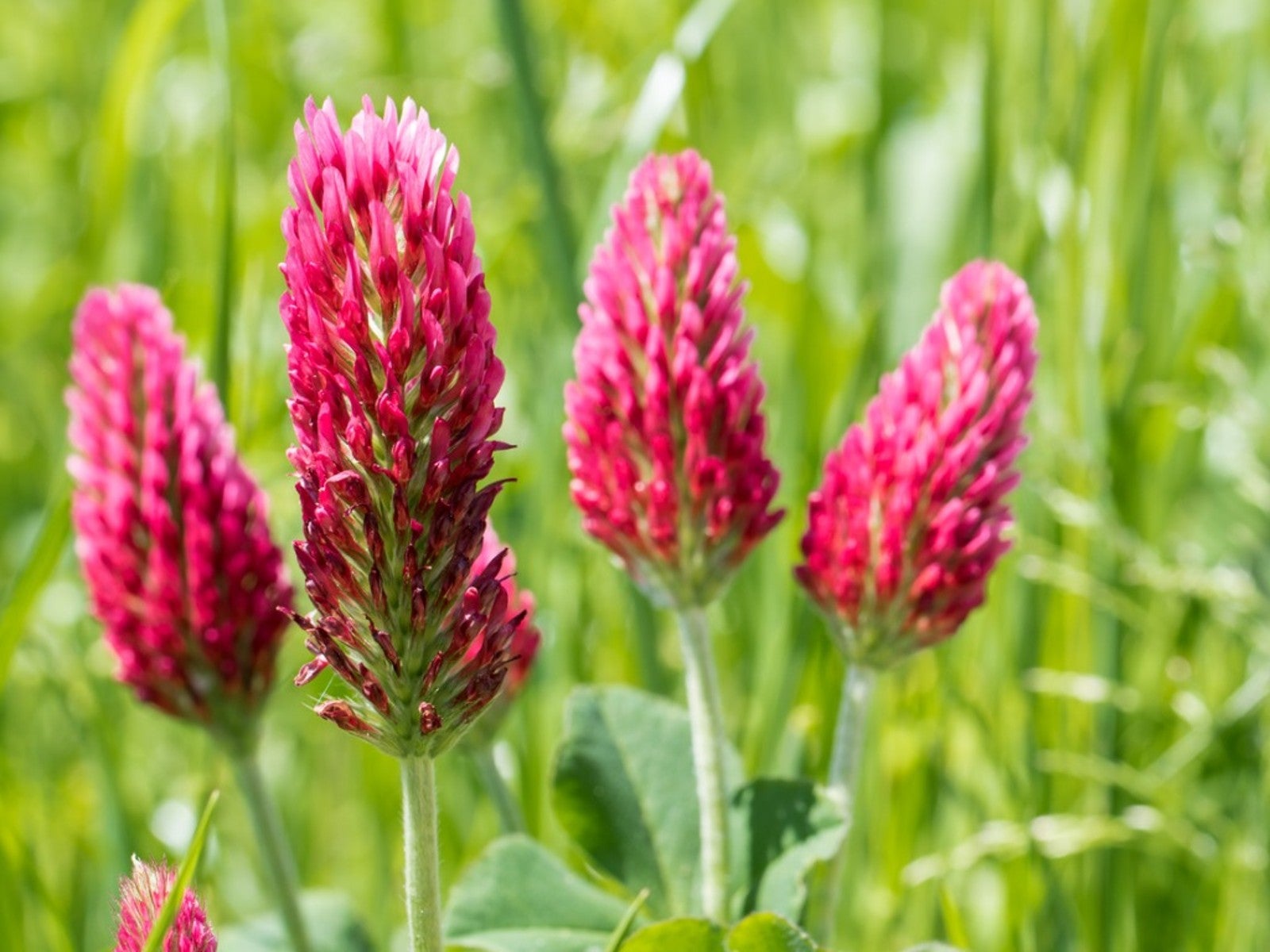 Best Late Summer And Early Fall Cover Crops
Best Late Summer And Early Fall Cover CropsPlanting cover crops is a gift you can give to your garden’s soil. Read on to learn about planting cover crops in late summer.
By Bonnie L. Grant
-
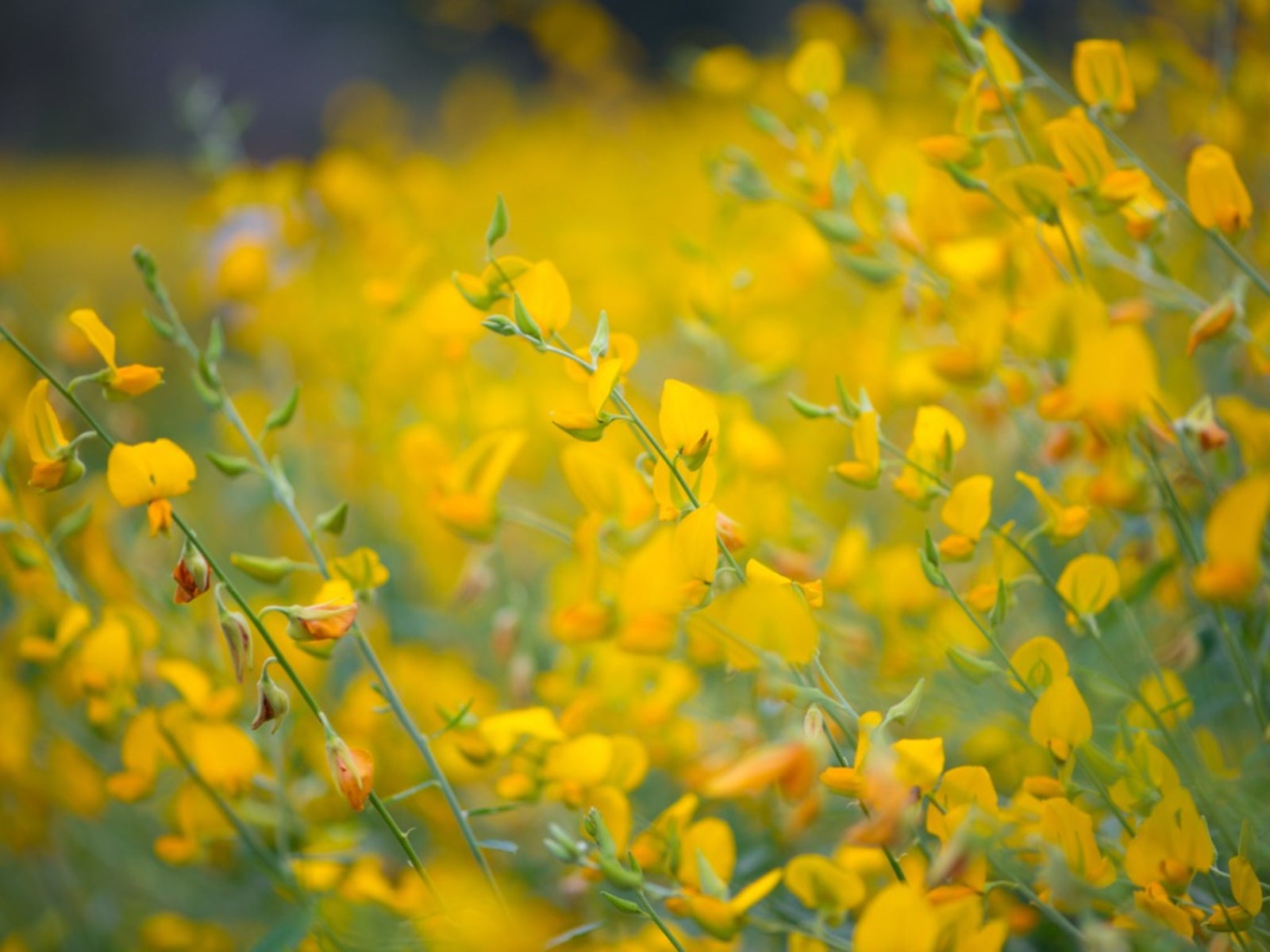 Sunn Hemp Plant Info – Learn Sunn Hemp Uses And Care
Sunn Hemp Plant Info – Learn Sunn Hemp Uses And CareSunn hemp grass is a warm weather grass. Click to learn more about Sunn hemp uses as well as helpful tips on growing Sunn hemp as a cover crop.
By Mary H. Dyer
-
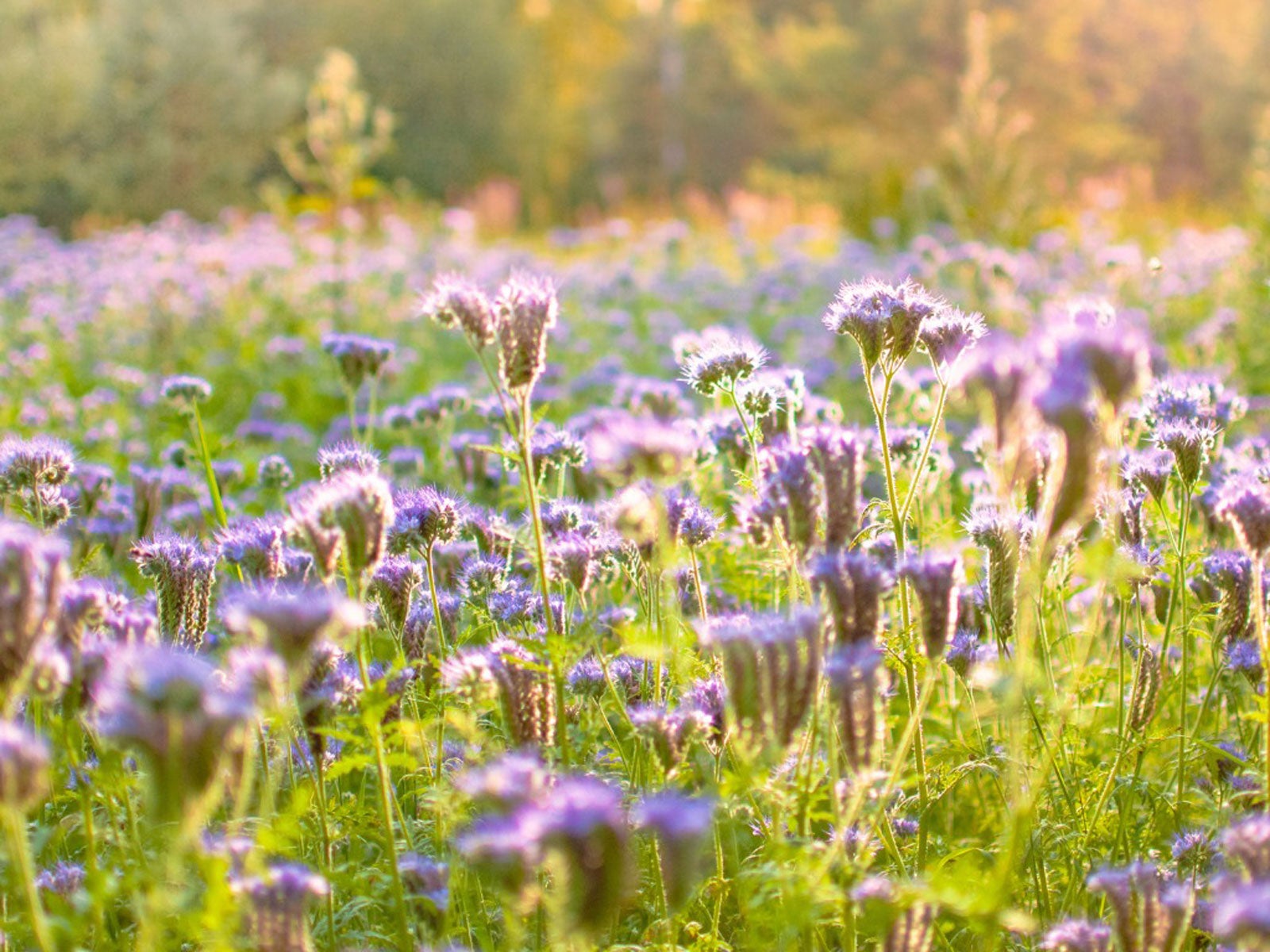 Native Cover Crops: Vegetable Cover Cropping With Native Plants
Native Cover Crops: Vegetable Cover Cropping With Native PlantsAre there any benefits to using native plants as cover crops? Click here to learn more about vegetable cover cropping with native plants.
By Laura Miller
-
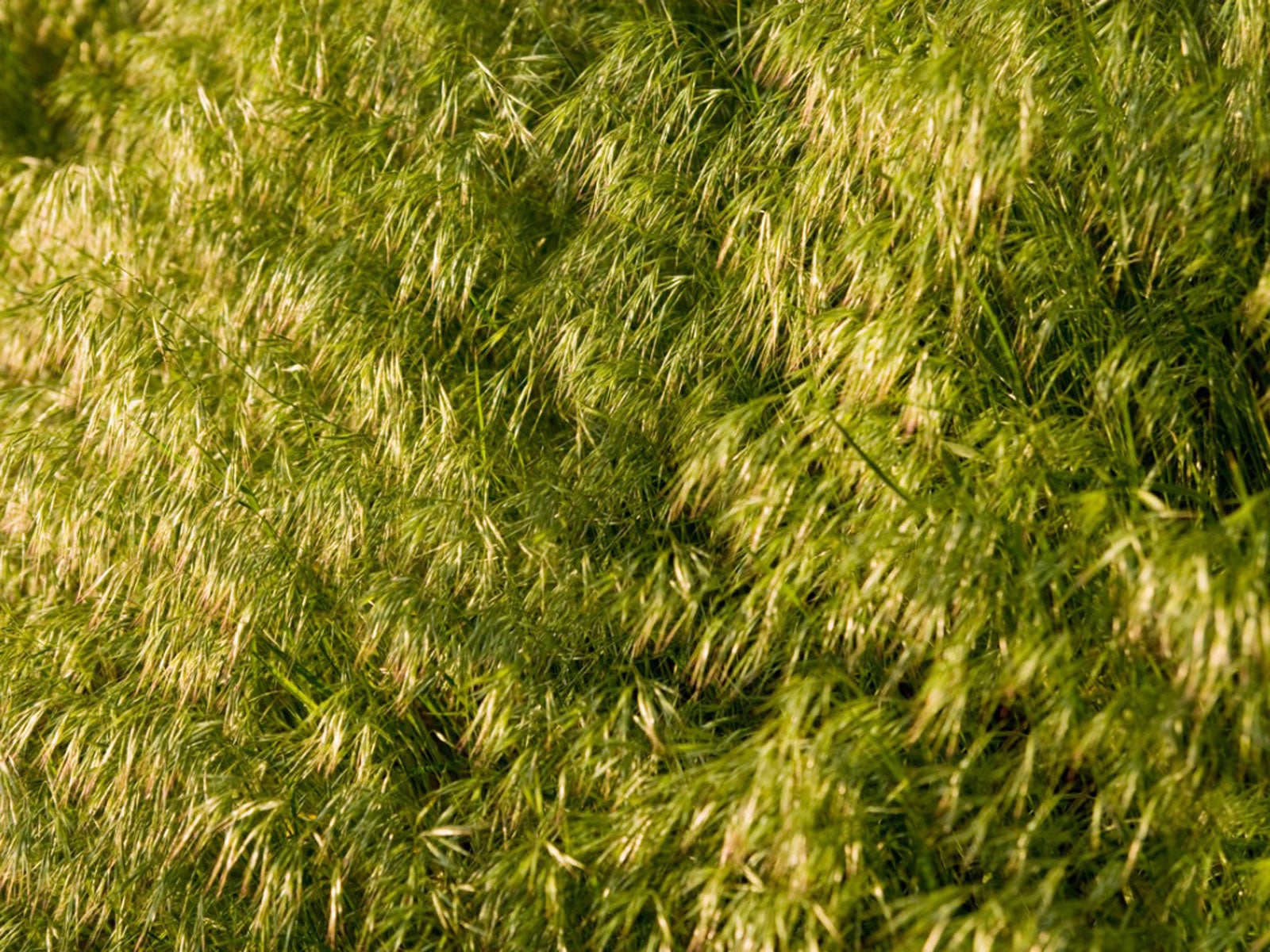 What Is Field Brome – Information About Field Brome Grass
What Is Field Brome – Information About Field Brome GrassField brome grass can be used as a cover crop to control erosion and enrich the soil. For more information, click the following article.
By Laura Miller
-
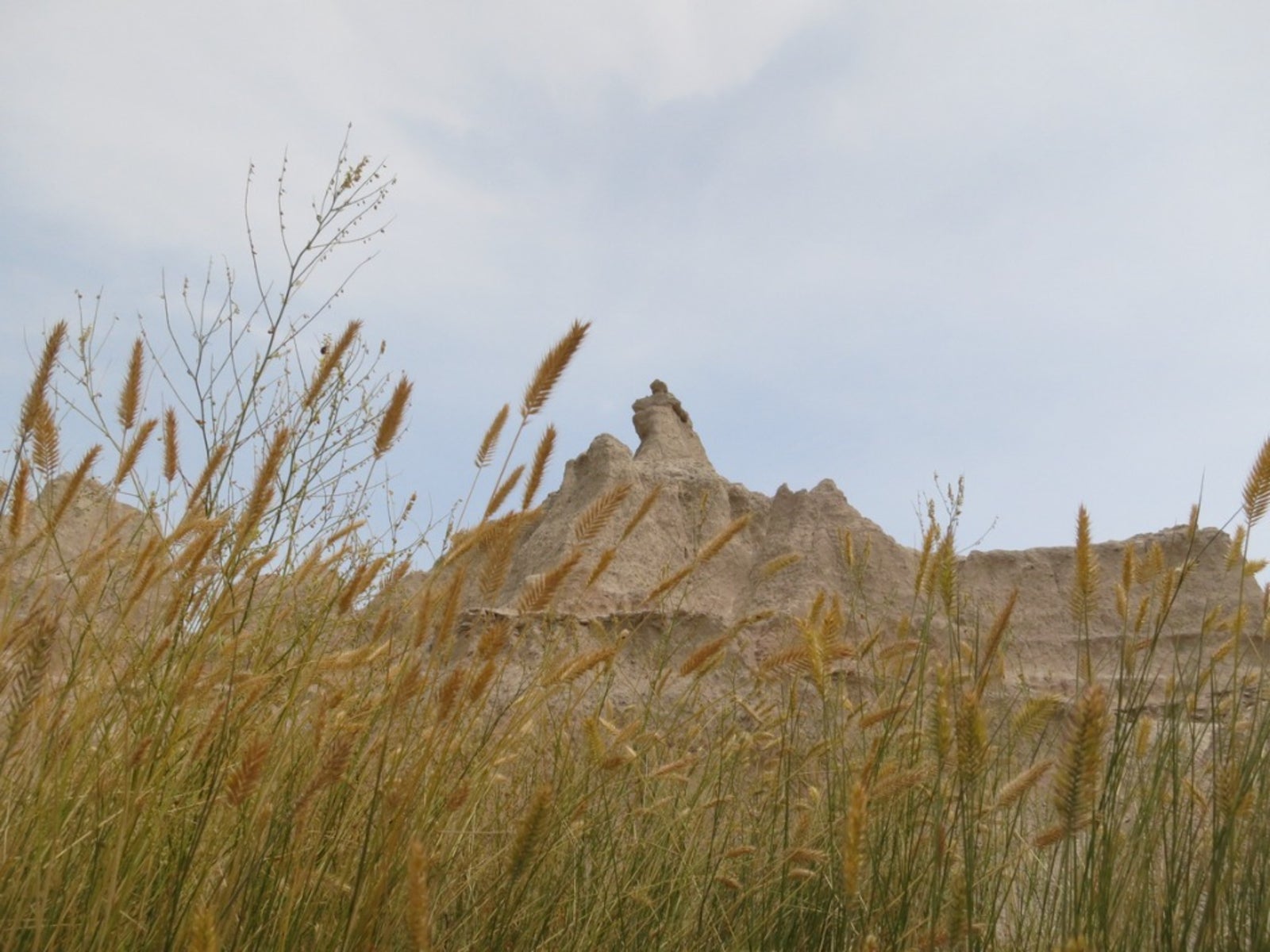 What Is Western Wheatgrass – How To Grow Western Wheatgrass
What Is Western Wheatgrass – How To Grow Western WheatgrassWheatgrass is native to North America and graces the Southwest, Great Plains and mountainous regions of the western U.S. It has some erosion control benefits but using western wheatgrass for grazing is the primary purpose. Learn more about it here.
By Bonnie L. Grant
-
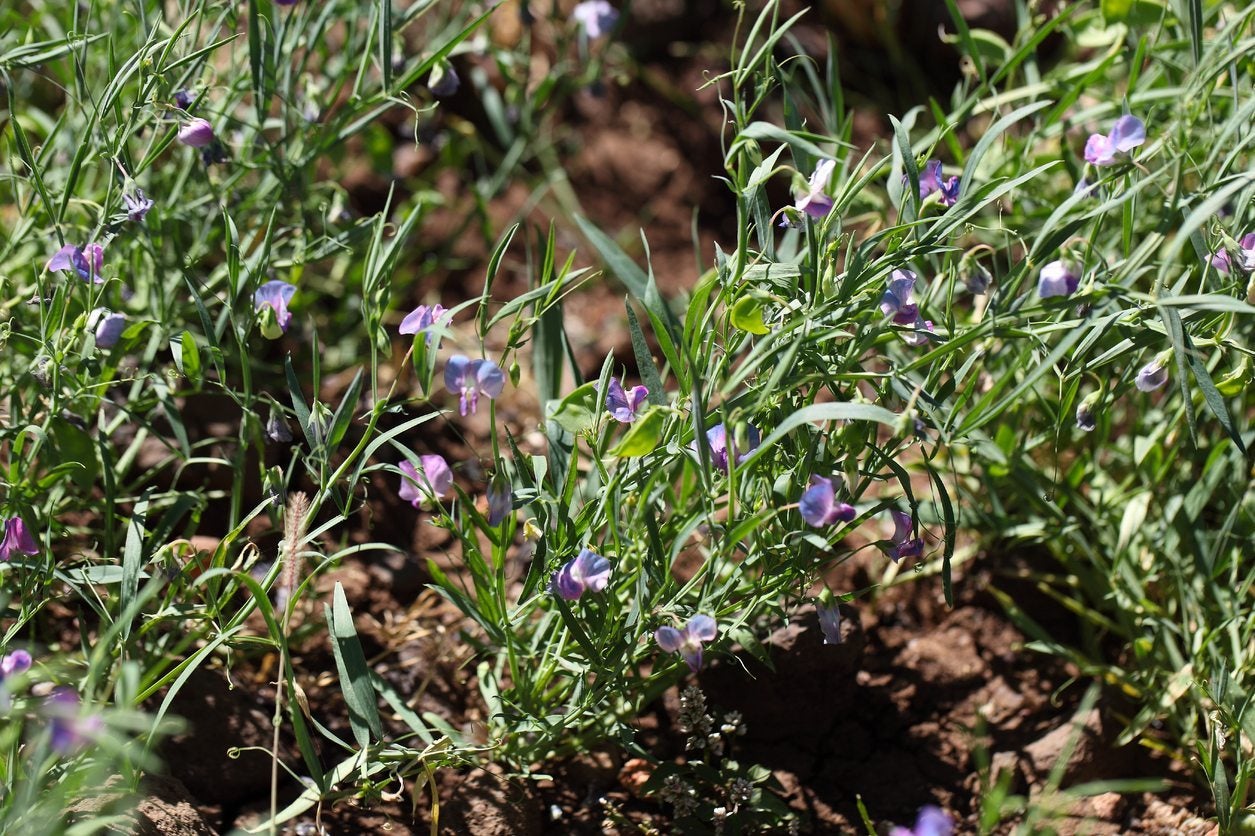 What Is Chickling Vetch – Growing Chickling Vetch For Nitrogen Fixing
What Is Chickling Vetch – Growing Chickling Vetch For Nitrogen FixingWhat is chickling vetch? Also known by various names such as grass pea, white vetch, blue sweet pea, Indian vetch, or Indian pea, chickling vetch is a nutritious legume grown to feed livestock and humans in countries around the world. Learn more about the plant here.
By Mary H. Dyer
-
Establishing Kura Clover: Learn How To Grow Kura Clover Plants
You no doubt have heard about the four-leaf clover, but few gardeners are familiar with kura clover plants. Kura is a forage legume and if you are interested in growing kura as a groundcover or establishing kura clover for some other use, this article will help.
By Teo Spengler
-
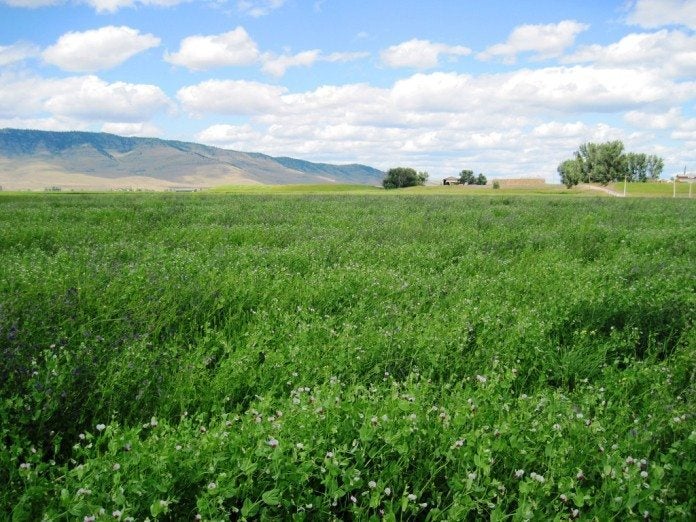 What Are Austrian Winter Peas: A Guide To Growing Austrian Winter Peas
What Are Austrian Winter Peas: A Guide To Growing Austrian Winter PeasWhat are Austrian winter peas? Also known as field peas, Austrian winter peas have been grown around the world for centuries, primarily as a valuable source of nutrition for humans and livestock. Click this article for info on growing Austrian winter peas.
By Mary H. Dyer